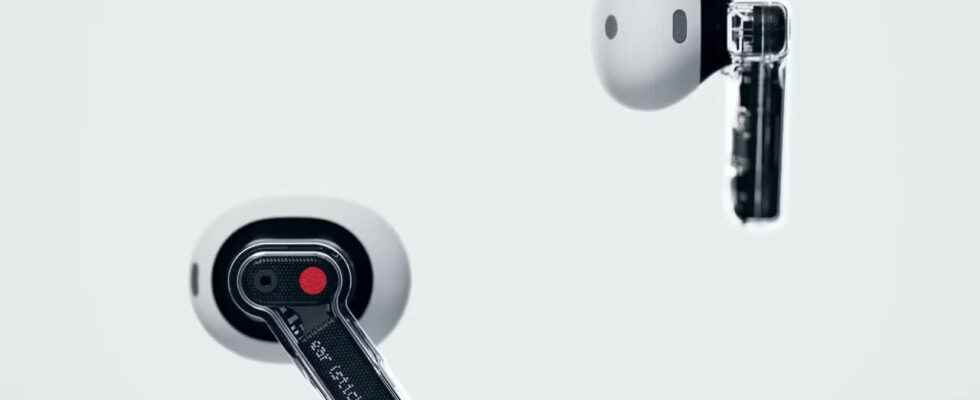After months of publicity and leaks, Nothing Ear Stick finally released today. Ear Stick earbuds are the company’s first product to launch in 2021 Nothing Ear 1It’s quite similar to and offers both regression and improvement. It’s clear that the Ear Stick shouldn’t be the company’s second-generation earbuds. Nothing Ear 1 with Ear Stick best-in-class premium headphones continues to sell at a new premium price.
Like the Ear 1, the Ear Stick earbuds come with Nothing’s signature transparent design. Both the case and earcups are transparent, allowing you to peek into its inner workings. The case is also what gives the Ear Stick its name – it’s a cylinder that holds the two earbuds when not in use, and it looks a lot like a lipstick. As Nothing founder Carl Pei explained, this is exactly what the company wanted to do: “The case is inspired by lipstick silhouettes and has a unique, yet functional twist opening.”
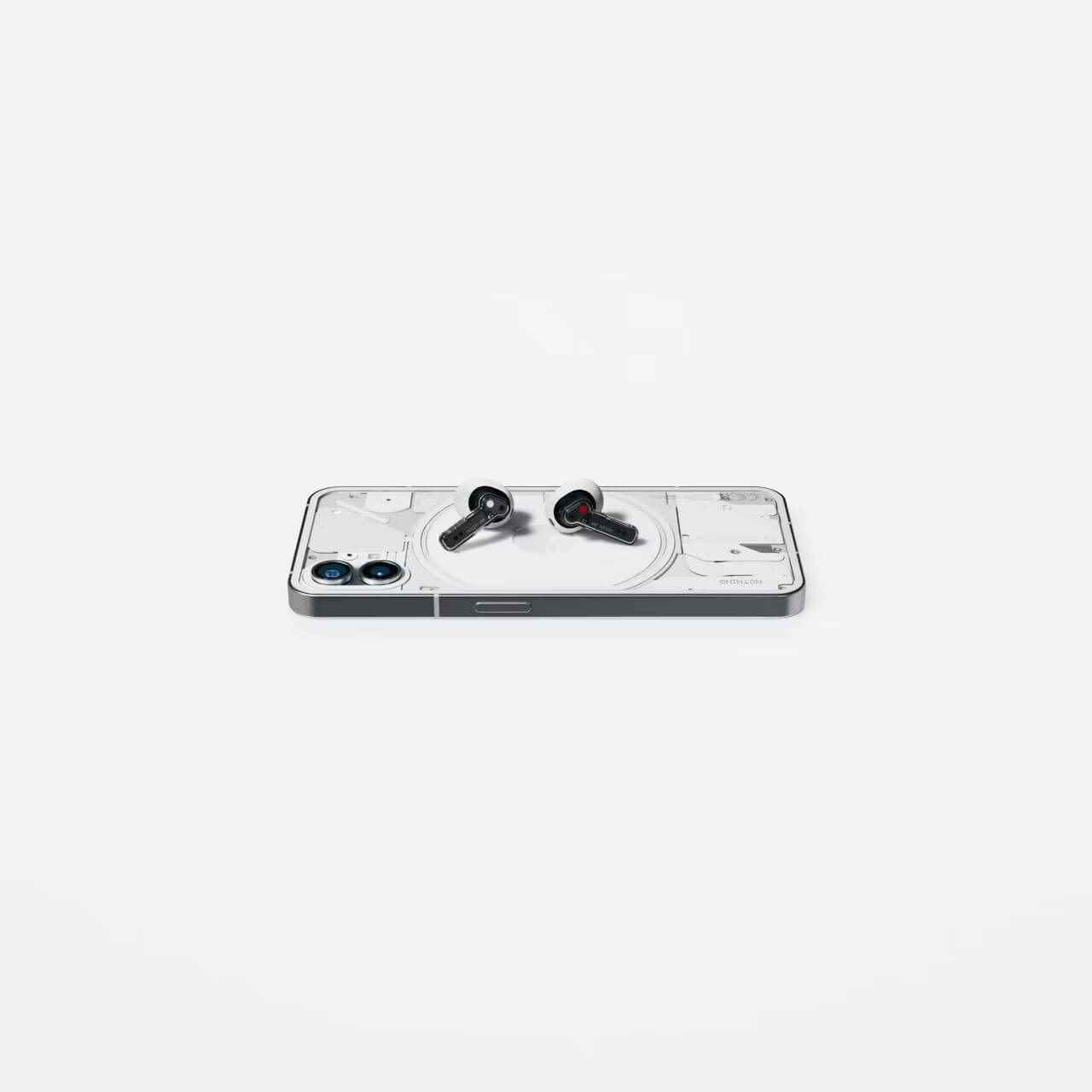

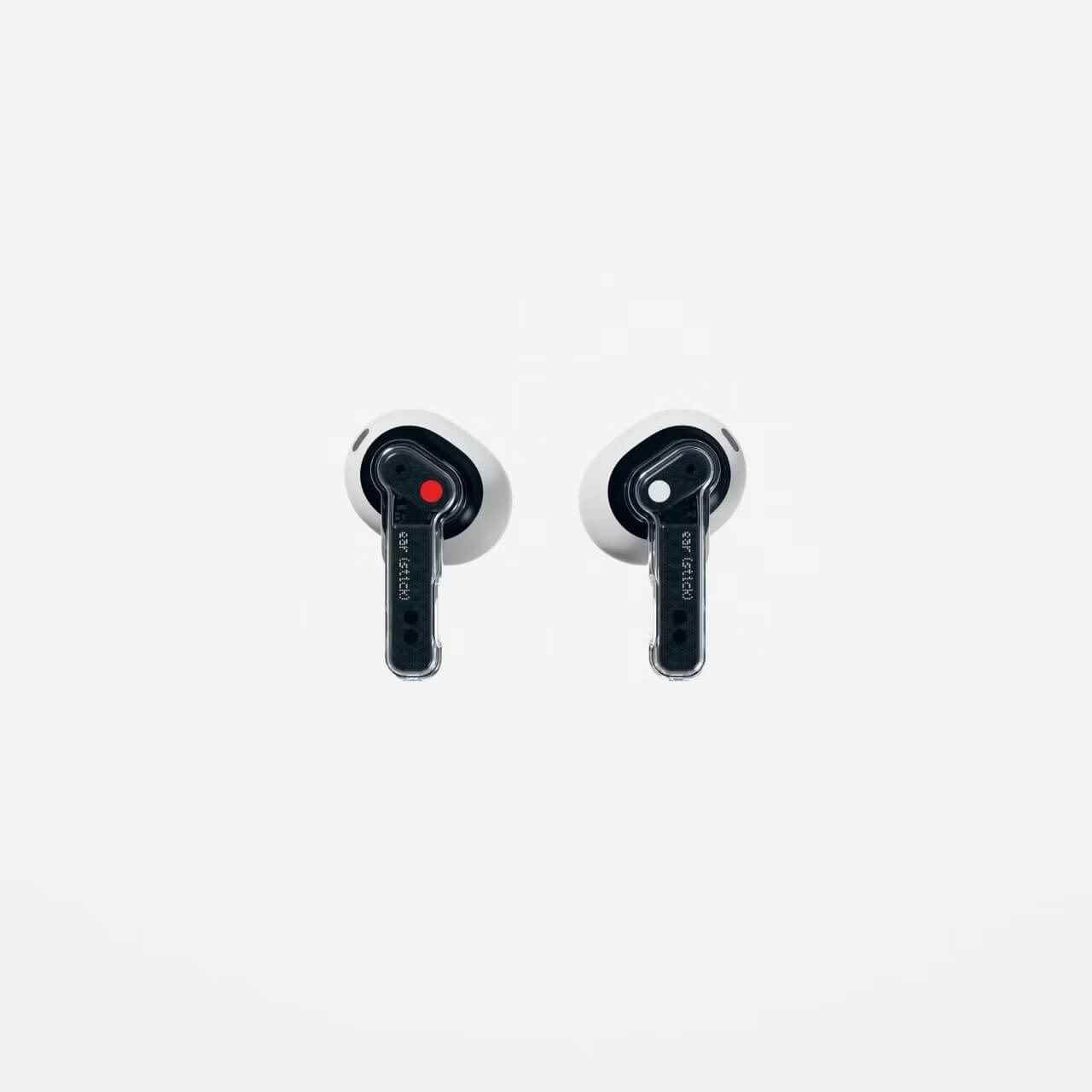
While this shape allows for compact storage and makes it easy to carry the earphones in your pocket or purse, the form also indicates one major drawback: it doesn’t support wireless charging. It’s a shame, because the Nothing Phone 1 and Ear 1 don’t like to show off how well they work together when it comes to reverse wireless charging.
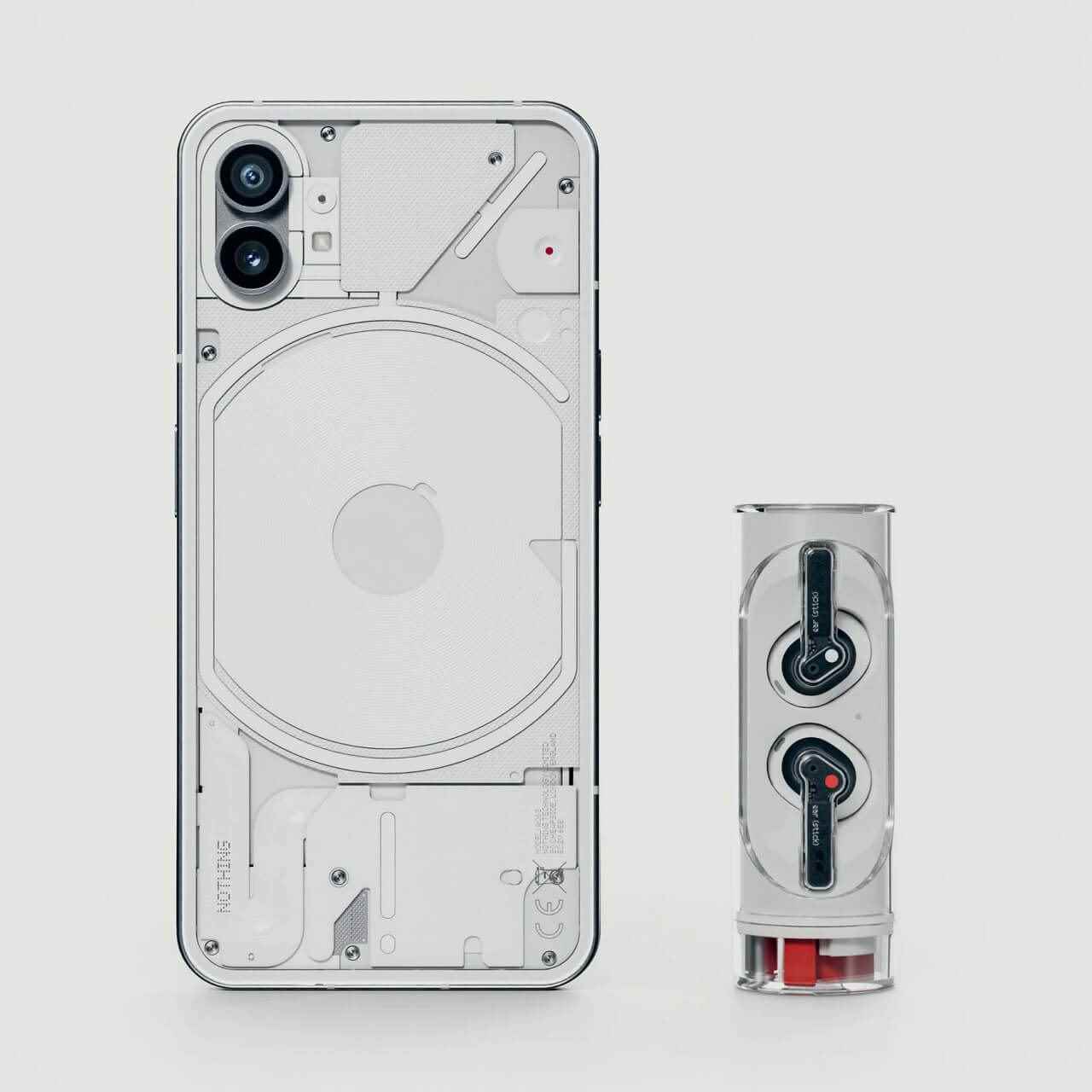
Nothing Ear Stick Features
Battery Life (Headphones): Up to 7 hours (3 hours talk)
Battery Life (with Box): Up to 29 hours (12 hours talk)
Noise Cancellation: no
Bluetooth Features: RFCOMM, SPP, HFP, A2DP, AVDTP, AVCTP, AVRCP, GAVDP
Weight (headphone): 4.4g each
Dimensions (earbuds): 29.8 x 18.8 x 18.4mm
Dimensions: 87.1 x 29.8 x 29.8mm
Driver size: 12.6mm dynamic
The Ear Stick also completely lacks active noise cancellation, a feature that’s given in many premium earbuds, including the Ear 1. While there are no interchangeable tips in the box, Nothing says Ear Stick earphones are “designed for comfort” thanks to their “half in-ear design.” That way, they need to be less intrusive in the ear canal than other designs. Nothing supports this claim, saying that the design has been tested with more than 100 people.
It’s good to see that the Ear Stick is also dust and water resistant, with an IP54 rating. You shouldn’t wear these while showering, but unlike the IPX4 rated Ear 1, the occasional splash of water shouldn’t be a problem.
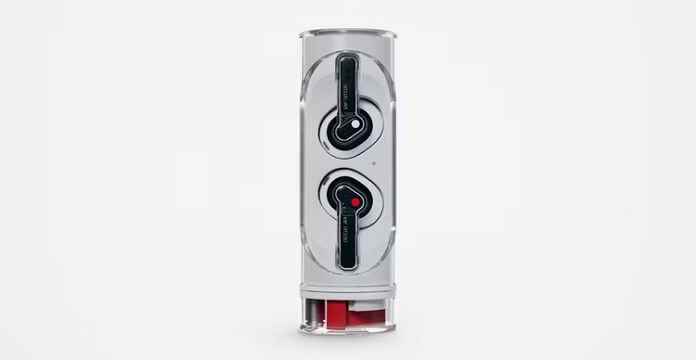
Ear Stick is supported by various extra software features. New Bass Lock Technology creates a better bass sound by detecting how much bass is lost depending on the Ear Stick’s shape and fit in the ear canal. Like the Ear 1, it comes with Clear Voice technology for better call quality, along with smart algorithms that try to get the most out of your voice even when there’s a lot of noise around you. There is also a low latency mode for games that start automatically, and you can quickly pair the Ear Stick with any Android phone using Google Fast Pair. Ear Stick is also compatible with iOS devices running iOS 11 or later.
On both mobile platforms, Nothing presents the new Nothing X app, the control center of the Ear Stick. With this, you can customize the movements of the headphones and set your preferred EQ settings from there. In Nothing Phone 1, this app is integrated directly into the system and can be easily accessed from the Bluetooth settings of the notification shade.
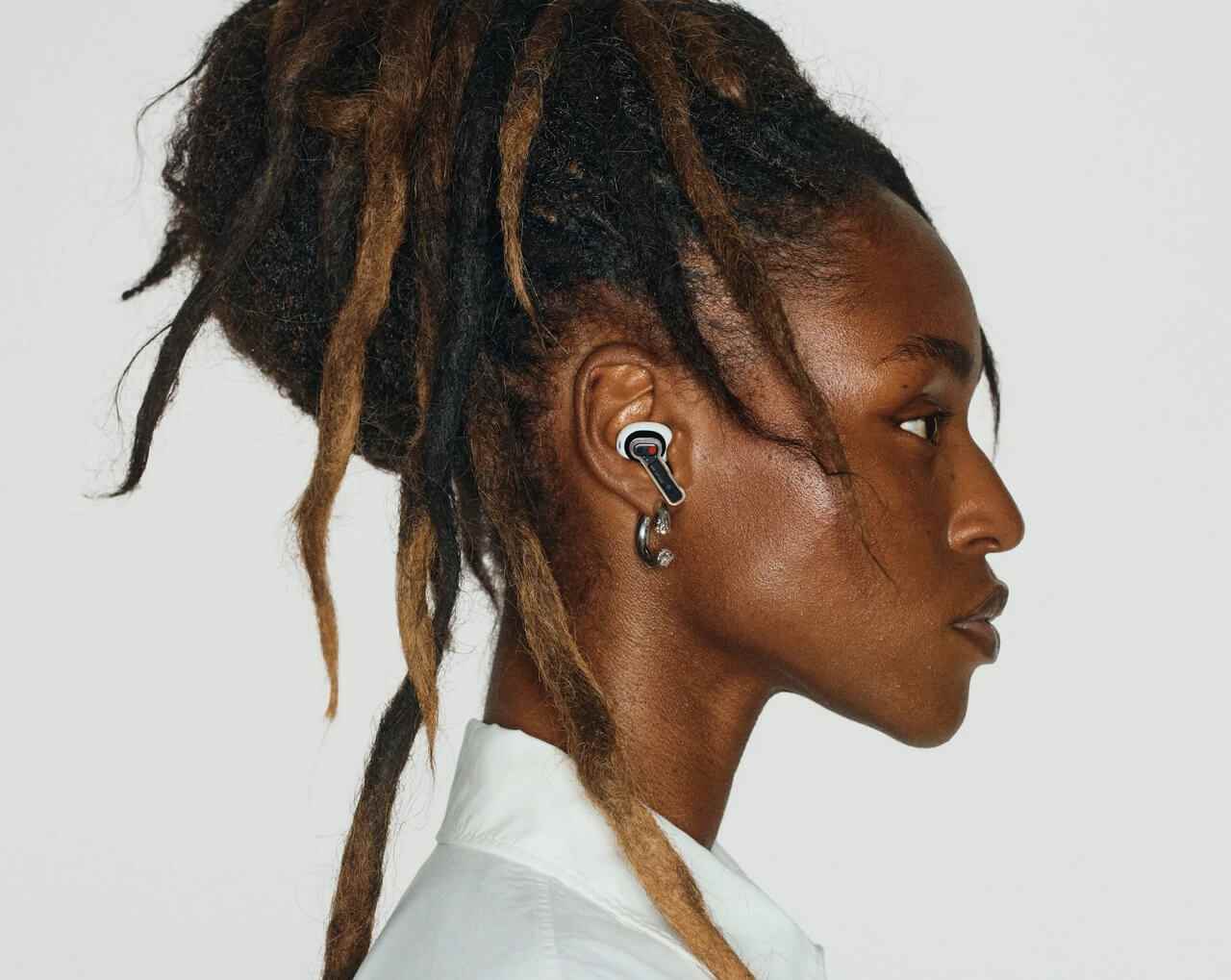
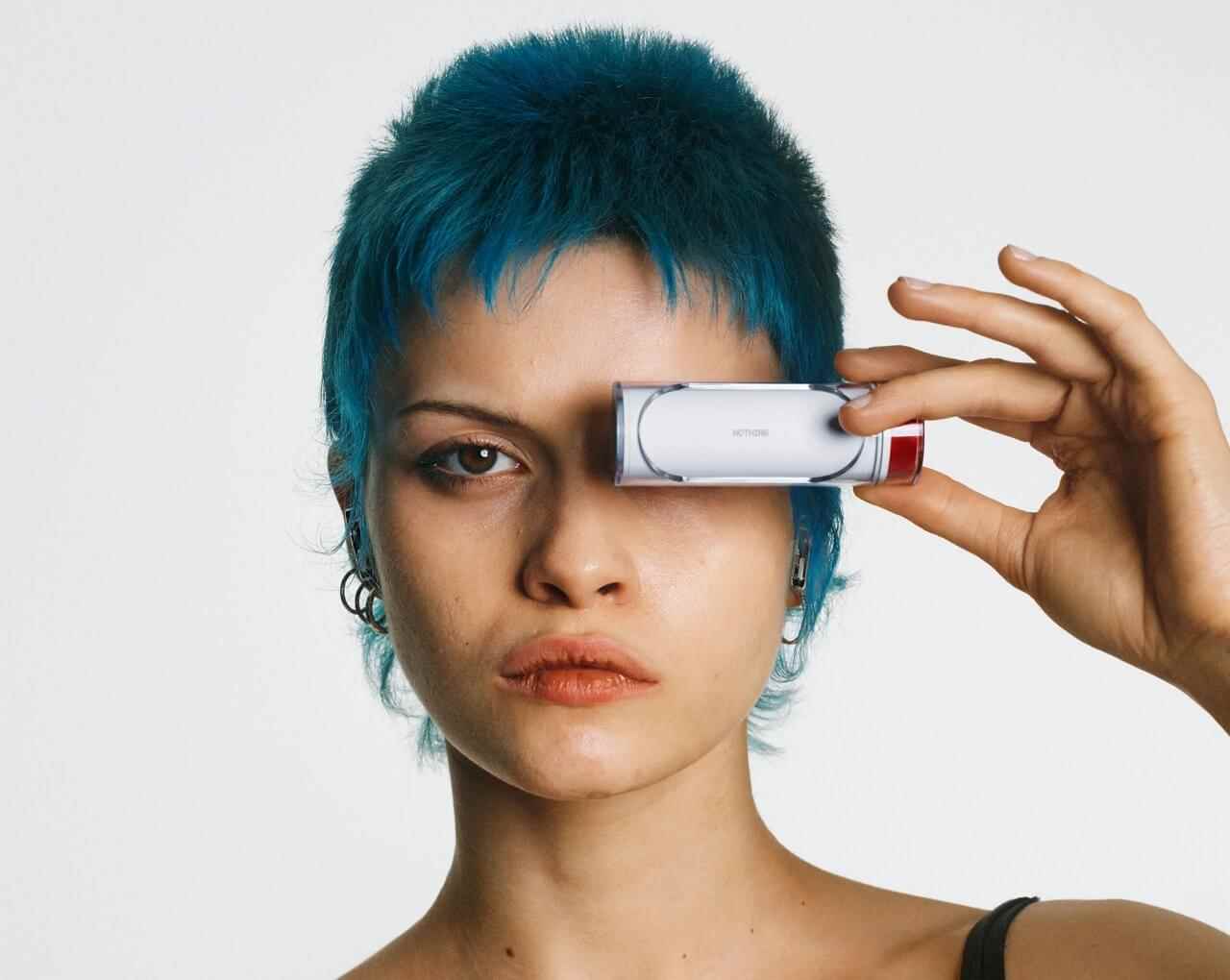
As for battery life, Nothing promises up to seven hours of audio playback and three hours of calls on a single charge. This can be extended to 29 hours of listening time and 12 hours of talk time with the battery built into the case.
The Nothing Ear Stick will be available for $100 starting November 4 and is currently available for pre-order. You can get it from Nothing’s online store.
Bad news for those who haven’t been a Nothing customer before. Between November 4th and November 30th, Nothing Phone 1 and Ear 1 buyers are offering 10% off Nothing Ear 1 with a discount code. The code will also be valid for those who have previously supported the company, called Black Dot owners.
At the same time, Nothing raised the price of the Ear 1, its first pair of earbuds today. Nothing justifies the price increase with 15 firmware updates supposed to make earbuds much better last year, along with rising production and personnel costs, but it’s still rare to see a tech product become more expensive rather than cheaper over its lifetime.
